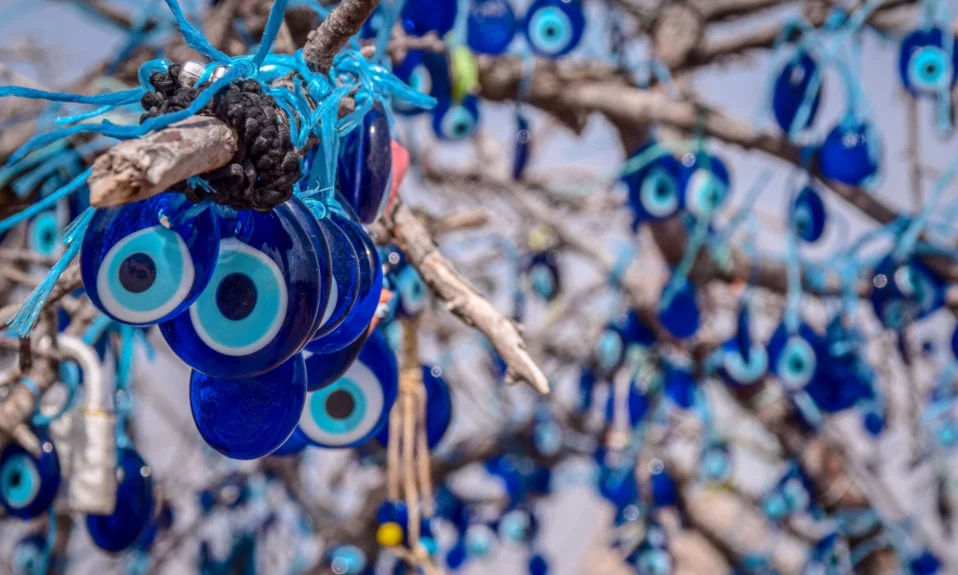
Today, we’re going to talk about colors in UI design, tools for applying colors in your designs, types of color schemes and models, etc. What are your favorite websites or apps?? Why do you like them? Do you remember their colors? Have you ever seen some colors and remembered a specific brand or app? Have some of them in mind, because we have a lot to talk about.
Stay tuned…
UI/UX Design
Selecting colors for web design can be a tricky task; because there are millions of colors, and you are going to choose just only a few of them. Tricky huh??and colors are substantial elements of a design. What does an UI designer do? Well, lots of things, but here are a few of their responsibilities:
- Observe and modify the web design (based on the users’ feedback)
- Branding and graphic improvements
- Customer analysis
- Design research
- Being responsive to the users
- Release the final product to the developer’s team
Why UI design matters so much?
What is the whole point of a high-quality design? Why do designers put so much time, effort, and resources into designing the best?? Exactly, to get the best UI/UX impression. Now, let’s get a bit deeper into the subject.
UI: stands for “user interface”
UX: stands for “user experience”
How to pick colors for UI design?
Understanding the color psychology and what each color represents is the key to choosing the right color palette. when you know what each color means you can decide accordingly. Colors have a great impact on our mood. Yes, we know that. but they also affect our purchasing decisions.
Research has shown that people subconsciously make a judgment about a product within 90% of seeing it; between 62% and 90% of that appraisement is only based on the color. Color is a raw material that you can take advantage of and do magical things with. UI designers employ colors to show functionality and prioritization. Picking the appropriate UI color palette is the beginning of your design journey. Then, prepare yourself; because you have a long journey ahead of you.
The relation between your brand, colors, and UI design
Your brand and service have a pivotal role in the UI color selection. Your UI design colors are representative of your brand personality, and your brand personality is representative of your thoughts and ideas. The brand colors connect you to your users.
Using unconventional colors for your brand design is a smart way to make your brand stand out. But, even the unconventionals should be relevant to your brand identity. Just make it a bit creative so people would remember you (for good reasons).
Color Elements
Each color has several exclusivity, like hue, value, and saturation. How much do you know about them? Let me explain.
Hue
If you work a lot with colors, you probably have heard this word a lot. Hue is the first characteristic of a color that is referred to. It’s the dominant wavelength of color; it’s the first thing we see. For example, blue, green, etc. Hue also can be defined as the purest form of a color.
Value
Value refers to the amount of lightness or darkness of a color. The value determines how much light is reflected.
Saturation
Saturation indicates the amount of intensity. It shows the brilliance of a color. Black, white, and grey are added to mute a color. It’s also known as “desaturating”. When we saturate a color, we make it more intense and vivid. On the other hand, when we desaturate a color, we have a dull color, and if we desaturate a color completely, we’ll have grey.
About Pigments
- Shade: black pigment + dark values
- Tint: white pigment + light values
- Tone: grey pigments + pure hue
Why do colors matter so much:
- Right colors with the appropriate contrast help users to read the texts better.
- Right color choices for icons and buttons make your design more usable
- Suitable colors make your design memorable
- So, thanks to these and some other reasons that make users feel better, you will receive better feedback
- Colors introduce your brand personality
- Colors bring life and joy
For the UI design value plays a crucial part. Because the value of each color can create the proper contrast and different surfaces. like Material Design by Google, you can use several surfaces to identify important elements. The other thing you need to know about colors is how to pair or combine them. For this, you need a color wheel. A color wheel shows you the position of each color on a circle. A color wheel gives you most of the info you need on colors (how to pair them, primary, secondary, etc). To exploit more appropriate colors, you need to know how colors are related to one another; this helps you to match the most suitable ones. A color wheel is a beneficial tool in this field (both in the digital and real-world).
Color Models For Digital Designing:
- RGB
- HSL
- HSB/HSV
RGB
(Red, green, blue) It’s known as the additive colors model. In this model, these three lights are added together in several ways to produce a wide set of colors.
HSL
HSB/HSV
(Hue, saturationو brightness, value) This model sets color hues in a radial slice, around a central axis of neutral colors that vary from 0% value to 100%.
different color schemes
Here are some tips:
(for choosing colors)
- Apply 60, 30, 10 rule
- Use contrast
- Apply color psychology
- Pay attention to cultural differences
- Don’t forget color harmony
- Get inspirations from the beloved mother nature
What is the 60,30,10 rule?
This method is actually derived from the interior design, and it’s to bring harmony and balance into the design. This technique suggests that the colors should be mixed in the proportion of 60%– 30%–10%. 60% goes for the dominant color, 30% goes for the secondary color, and 10% takes the color that builds the accent. It’s believed that this ratio of combining colors is pleasant to the eyes. Nonetheless, this is the job of a UI designer( leave the job to the expert), you don’t want to make colorful chaos!!
You can determine different functions for different colors. For example:
- Green for confirmation and agreement
- Red for problems and errors,
- Blue for links and click items ( blue color can build a sense of trust and security), and
- Sharp colors like yellow or orange for options that need extra attention.
You can get the best inspirations from nature. nature will give you hundreds of inspirations, like flowers and plants, animals, sky, etc.
Grey in UI design
Grey is a neutral color and is one of the best options for backgrounds. You can use grey scales with different opacity for the accent. and based on the accent color, pick the color for the texts or whatever content is to be applied on the background.
Black
Well, black too is a neutral color and goes harmonious with many colors. but you have to be careful when using black (not too much, not for wrong items).
Something that helps you a lot in designing is to be able to modify one main color (accent or base color) into several variations. There are many tools that can assist you with this, like color palette, color toner, color converter, etc. You don’t have to use so many colors. Sometimes, you can pick one or two colors and use several variations (dark & light) of them. let me show you:
Darker variation means higher saturation and lower brightness. You can also use color shadows for your designs. Brighter variations give you a higher brightness and a lower saturation. Now, you can pick a color and modify its brightness and saturation to match your desired idea. To design the best UI, you need to master the color modifications and create the best variations (HSB).
Conclusion
Color’s universe is endless, wide-open, crazy vast; ok, I guess I made my point clear. Employ expert people with their expert knowledge to provide you with the best output. Here, you learned the basics (hopefully) with the help of other people and articles. And always remember: Everything should be done by the hands of a proficient.
To read more about colors in design visit our blog:













